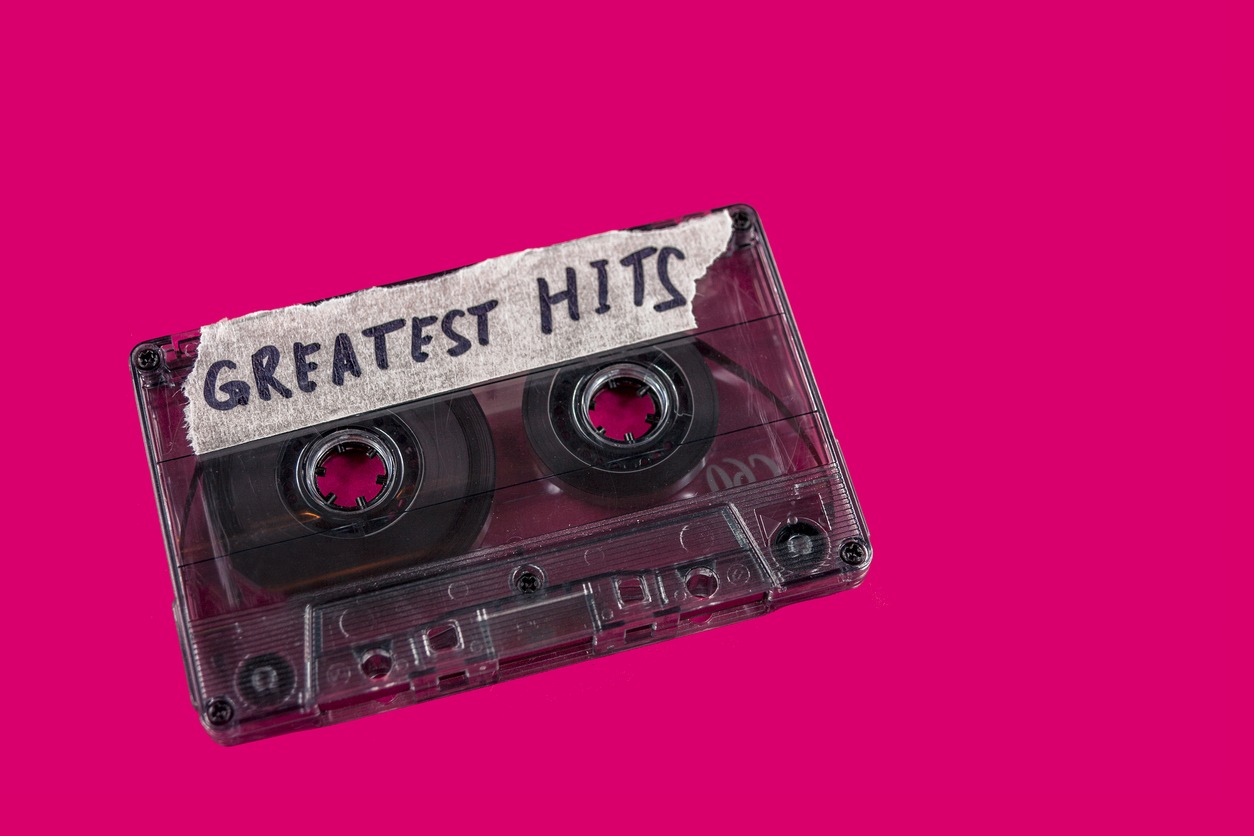
When I think back on the success of the Classic Rock format over the past three decades or so, lots of factors come into play. The massive amount of Baby Boomers who grew up with the music was the table-setter. The music scene was being defined in large part by MTV and their reliance on new and pop music – therefore a large “hole” opened up for radio stations focused on the best music from the late ’60s and ’70s.
But of course, it was the quality of so much of the music that turned out to be the defining difference. Not only were there a lot of great artists and groups, but many of them recorded a deep catalogue of music spanning many years and many albums.
When your music is truly classic and there’s a lot of it, the “greatest hits” album becomes a huge marketing tool, not just to reap profits but to also find new listeners who may not be as familiar with the music. Some of the best-selling albums of all time are these compilations of mega-hits. And unlike a standard album where there are one or two hit songs, a bunch of random ones, and a stinker or two, a “greatest hits” album – assuming it lives up to its definition – features one great song after another.
Earlier this year, I wrote a post about how Rolling Stone writer Bob Sheffield named Creedence Clearwater Revival “the biggest band in America in 2024.” While John Fogerty and CCR were brilliant and prolific in their heyday, most critics and fans would likely name any number of bands first – the Beatles, Zeppelin, the Stones, and the list goes on.
One of the factors that played into Sheffield’s logic is that CCR’s famous greatest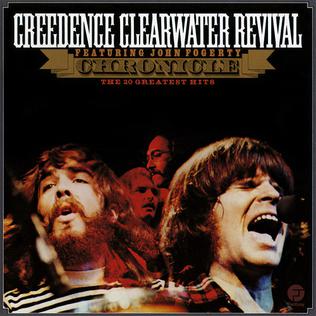 hits package Chronicle pretty much had established permanent residency on the Billboard 200 chart. When he wrote his story last summer, Chronicle occupied the 39th position, an incredible feat given the album’s release was in 1976, nearly a half century ago during Jimmy Carter’s administration.
hits package Chronicle pretty much had established permanent residency on the Billboard 200 chart. When he wrote his story last summer, Chronicle occupied the 39th position, an incredible feat given the album’s release was in 1976, nearly a half century ago during Jimmy Carter’s administration.
An anomaly? Most definitely, because recent Luminate data reported by Bloomberg News reports the sales of greatest hits albums have precipitously declined of late. In fact, we’re looking at a 54% sales drop in just the past two years.
The chart below, put together by Sherwood News tracks the wild ride of greatest hits albums, hitting the skids not long after the pandemic.
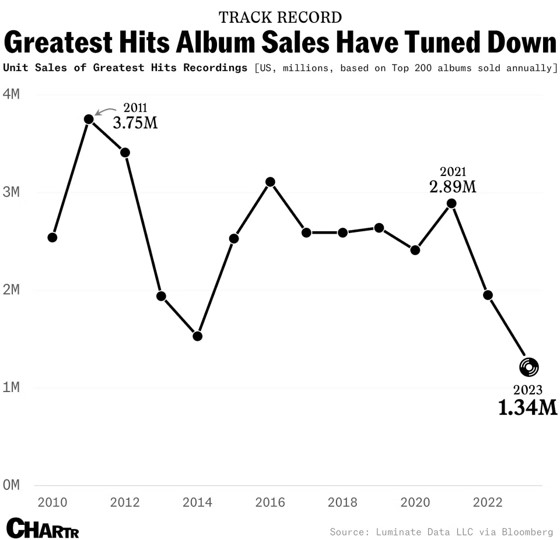
The culprit? Most sources lay the blame on streaming, led by services like Spotify that allow users to cherry-pick their own version of an artist’s biggest songs.
As a result, the need to buy a physical (and increasingly expensive) greatest hits package has fallen off in recent years.
A similar story and analysis recently appeared in a web publication from Mark Greentree, Subjective Sounds. He is in agreement these collections of monster hits packaged under the “greatest hits” banner are waning. In fact, Greentree goes a step further:
“In essence, the playlist has replaced the Greatest Hits release.”
And yet, Greentree lists several “pros” for greatest hits albums. These include cultural significance, the collectability of physical albums, and the marketing power of these anthologies.
Lastly, he points out these artist-driven staples make it more accessible and inviting for new or casual fans to learn about a musical star and their body of work. In this case, it’s not Spotify, Amazon, or Apple curating these greatest hits packages – it’s the artist and/or their producers not just selecting the songs, but choosing their order, and providing artwork and other historic artifacts that make music discovery fun and substantive.
As always, that leads us to radio and the only top 10 format left today with an “album orientation.” Classic Rock fans, more than most, are focused as much on the artist as they are on the songs.
A little “rebranding” on Saturday and Sunday could repurpose the “Block Party Weekend” into a more accessible “Greatest Hits Weekend” where your airstaff (go with me here) curates the best songs from favorite artists and groups and creates your station’s playlists of “greatest hits” collections.
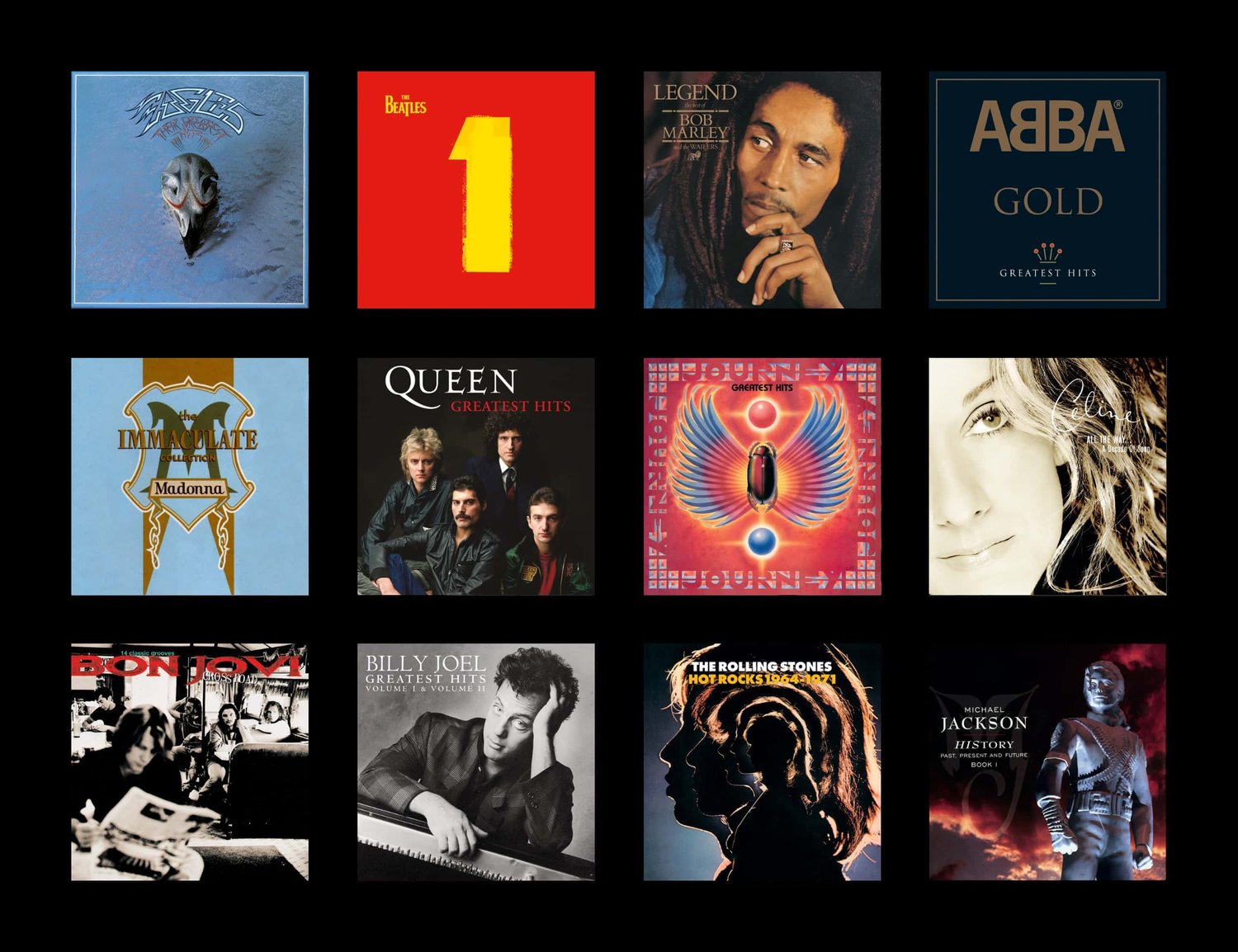
Some produced staging with brief sound bites from the featured artists, and your station suddenly sounds more interesting than Spotify, more compelling than Apple Music, and more entertaining than Apple Music. (It’s not that hard.)
A step further – website voting by artist – and you’ve now engaged the audience while growing your database because you’re requiring an email address ahead of the selection process in order to (stay with me n0w), be eligible to win an actual “greatest hits” vinyl record album.
Expand your focus one more time and imagine a turntable (or two) in the studio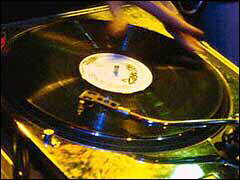 where you’re actually playing those featured songs from vinyl records – pops, scratches, and the occasional cue burn. This might require some staff training for learning the skills of cueing up a record and properly returning them to their sleeves and covers. I would be happy to join via Zoom to watch the fun – please invite me.
where you’re actually playing those featured songs from vinyl records – pops, scratches, and the occasional cue burn. This might require some staff training for learning the skills of cueing up a record and properly returning them to their sleeves and covers. I would be happy to join via Zoom to watch the fun – please invite me.
You want older and younger listeners? Play, feature, and give away actual vinyl. Then, listen to people actually talk about your radio station…again.
Radio is what we make it. And taking something as mundane as the decline of the “greatest hits” album and turning it into an event that only something radio can d0…
…now that would be great.
Maybe even greatest.
- What If Radio Tried Something Right Out Of Left Field? - May 9, 2025
- Why Radio PDs Are A Lot Like NBA Coaches - May 8, 2025
- Memo To Radio: We Have Met The Enemy And It Is… - May 7, 2025




Music Matters. The Greatest Hits include Albums Cuts. Local Curation & Connection are the secret sauce. Personality and information are the frosting. Creating timely soundtracks is not an expense. It’s an Art. Thank you, Fred.
Okay, Fred. A question for the gods. If I stream that Creedence album on Spotify, does it count as twenty single streams? …or did I just stream an “album”? I ask because I’ve done that a few times, but it seems like what I’m playing is a playlist, rather than a “Greatest Hits” Album. Also,,, does that decline in sales more or less match the decline in physical album (or CD) sales?
For my personal musical enjoyment, I’ve have iTunes Playlists of my library that I’ve dubbed “Ultimate Concert – (Artist Name)”. Think of the band in their prime, you go to see their show, and the playlist is that concert. I sequence for popularity, deep cuts, etc. and even lay out 2 encore songs. My Beatles show has 38 songs, Led Zeppelin 30, Def Leppard 34, Green Day is 16 (and it’s still only about an hour, lol). Radio could do this as well, even pipe in live concert crowd sounds between songs. Then I got into opening acts, with like 12 songs (The Cult, Pretty Reckless). It’s a great way to repackage music and slip in some fan favorites that weren’t hits.
One of the interns at the station last semester said something apropos to this. She said she wished that especially when she was exploring “old” music, she appreciated guidance from others more familiar with the artists or genres in question rather than relying upon an algorithm. I started thinking about how someone could host an ultimate playlist program…perhaps exploring both the greatest hits and some deep catalogue material in an hour or two capsule. It would require some work on the part of the host to provide the context between the tunes and the reason behind the choices. You couldn’t just tell the automation to play ten Beatles tunes or ten 70s R&B tunes, or what have you. The context matters.
I don’t know how applicable one observation by one college student might be. But it would be something that radio can do very well given the effort. I love the idea of playing it off vinyl and even giving away copies of greatest hits albums, too. (An aside–I heard a top 40 station in another town the other morning doing a countdown, but all they did was play the songs with a produced [Number 2!] before the song without identifying the artists or the title or providing any of the Casey Kasem-esque stuff that makes countdowns work. That is the exact opposite of what I’m talking about, and what Paul seems to be talking about, too.)
Various streaming services have edged into this territory: Spotify has its “This Is [artist name]” playlists (with the standard tagline “The essential tracks, all in one playlist.”), which might be automatically generated and regularly refreshed. It also has separate (but also likely automated) “Radio” playlists, which include other, similar artists. (CCR definitely has an example of each; its “Radio” playlist directly mentions Lynyrd Skynyrd, the Eagles, and Led Zeppelin in its tagline.) Meanwhile, Apple Music has some official “Deep Cuts” playlists for various artists and genres; those might be manually curated.
Beyond that, stations’ streaming side channels can definitely can get into a deeper focus, even if they’re not branded as such: Whether or not it’s deliberate, I’ve noticed that the domestic-music stream for Portugal’s M80 (Classic Hits) includes more one-hit wonders, while the counterpart for co-owned Rádio Comercial (AC) goes deeper on many core artists, even with older songs. (Having extensive Recently Played listings on their sites certainly helps.)
What you’re suggesting Fred, is something that will actually take humans to create. Having live humans even near a radio station console during the week is doubtful, let alone the weekend.
Would it work? We did constant theme weekends at K-Earth 101 in Los Angeles, along with holiday countdowns, helping propel the station to #1. Today the station is still #1 without the themes, only the regular playlist except for “Gary Bryan’s Rewind” on Saturday and Sunday where he does some of what you mention here.
The secret sauce for success should be a station playing “The Greatest Hits” all the time. Create the themes and use these songs as a catalyst. No one seems to have the resources to do a music test these days but finding the greatest still can be possible. However you need HUMANS to help. Tell that to the cost-cutters in the C-suites at the big radio companies.
With respect, one of the perennial problems with the “greatest hits” approach is that some of the real gems in many artists’ oeuvre are deep tracks that never achieve the “hit” status despite being truly excellent in every respect. You’re certainly correct, however, that these nuggets will remain buried unless actual human beings are allowed into the studio to dig ’em up and present them to new ears.
You are so right, Dave. Some of the best ideas – from the past and today – require time, thought, people, and packaging. They don’t program themselves. And the more of a perfectionist the PD is, the harder it truly is to pul these things off. I appreciate the reminder.
To your point Fred, Dennis Constantine created one of the best weekend specials ever; “Select-A-Set” weekends at KBCO Boulder in the late 70’s. Listeners would send in 3 of their favorite songs, the DJ would read the name of the person sending in the request, read the name of the songs/bands… play them and then say the name of the person sending in the card. When one person’s ‘set’ ended, a new name was announced etc etc. It was a great feature and speaks to exactly what you’ve written about; engaging with your audience and creating stickyness.
Dave, I always thought the Select-A-Set concept was so smart. It really kept the audience dialed in, and I think those submitting sets feel the pressure to submit a strong three-some. Thanks for this.
As the resident “old guy PD” at my cluster I suggested a few years ago that we should play a complete album every Saturday night on KGGO. And be sure to cross promote it all week to capture the vinyl enthusiasm that was bubbling in our Classic Rock audience.
It’s been fun for the staff to pick and choose(and host) these shows, and to get feedback from listeners.
Our audience includes a fairly large amount of under 45 year-olds as well as 18 to 34s who got into vinyl albums recently, and enjoy the quality and variety of the format.
And it’s nice to see that 70s vintage Technics turntable working again in our now digital studio!
Thanks, Fred.
The audience loves this stuff, and the fact you’ve made it a staff moment makes it all the better. My question, Jack, is when did us young bucks become the old guys?!
On our Classical radio station, KPAC 88.3 FM, I pull a stunt for 6 to 8 weeks every fall and spring (tied to Record Store Day) and play all-vinyl classical on Fridays at noon.
I call it the Classical Wax All-Vinyl Power Hour: Silly Name, Serious Music.
Record Store Day has truly become “a thing.” I’m sure your classical fans love this